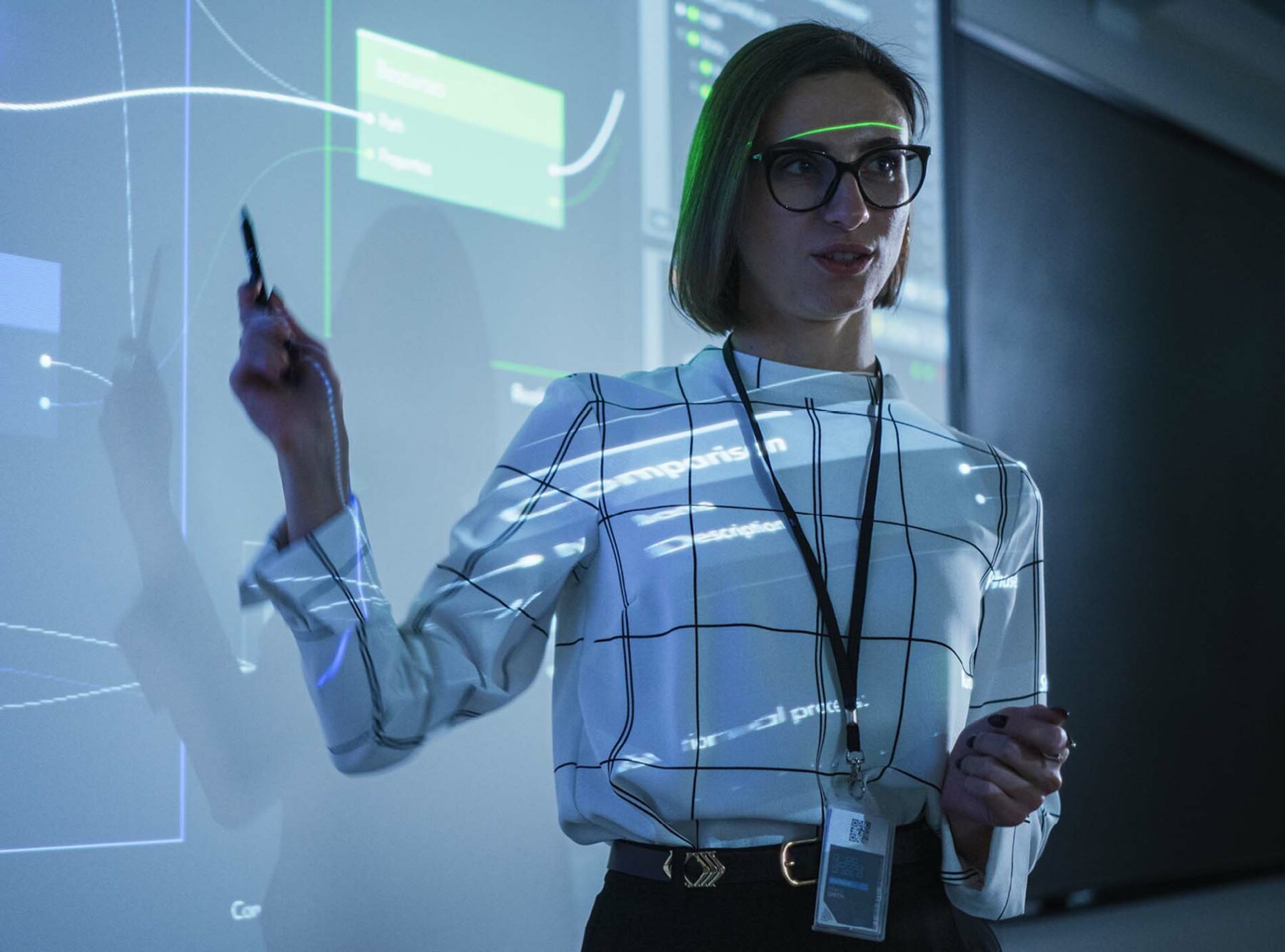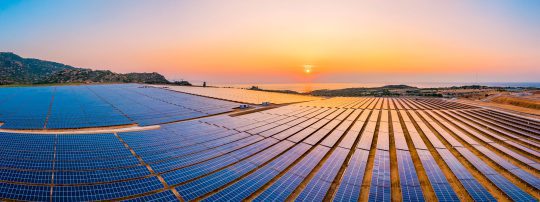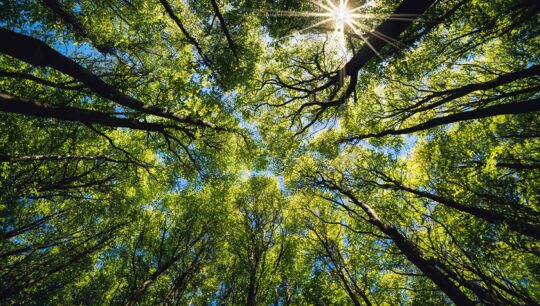Mutual benefit in collaboration between artificial intelligence & Earth science
Artificial intelligence is rapidly being integrated into Earth science, but how Earth science may benefit artificial intelligence has been overlooked. Bennett Institute’s Professor Felix Creutzig calls for mutual balancing between the two disciplines and improving cross-disciplinary collaboration in new comment publish in Nature Geoscience.
The increasing adoption of artificial intelligence (AI) in various fields of Earth science (ES) presents opportunities for progress, but also potentially risks devaluing essential ES methods and expertise, to the potential detriment of the field. To address this issue, in a new comment published by Felix Creutzig, the article highlight’s the unique and irreplaceable characteristics of ES in the era of AI and discuss the mutual benefits of integrating AI with ES, as well as the challenges and opportunities of such integration.
The article summarizes AI’s transformative role in ES in data management, in modelling, prediction, and in enhancing the understanding of processes. It also summarizes key areas in which AI would benefit from ES contributions, thereby fostering a more balanced partnership between them. Specifically, ES enhances AI by providing complex, multimodal datasets that foster an extension of AI’s capabilities.
To promote collaboration between AI and ES, the article concludes with a call for developing a new field and an epistemic community, here called ‘AIXES’. This nexus embraces a balanced and mutually beneficial relationship between AI and ES, aiming for cross-disciplinary collaboration and the extension and exploration of both scientific frontiers.
Read the full article
The comment was authored by:
Min Chen, Zhen Qian, Niklas Boers, Felix Creutzig, Gustau Camps-Valls, Klaus Hubacek, Christophe Claramunt, John P. Wilson, Stefano Nativi, Anthony J. Jakeman, R. Dietmar Müller, Michael Batty, Chenghu Zhou, Fahu Chen, Qiao Wang, Fan Zhang, C. Michael Barton, Josef Strobl, Michael Meadows, Carlo Ratti, Philipp Hess, Qingsong Xu, Zhixin Zhang, Qiushi Gu, A-Xing Zhu, Hui Lin, Linwang Yuan & Guonian Lü, Nature geoscience 17 949-952 2024.




